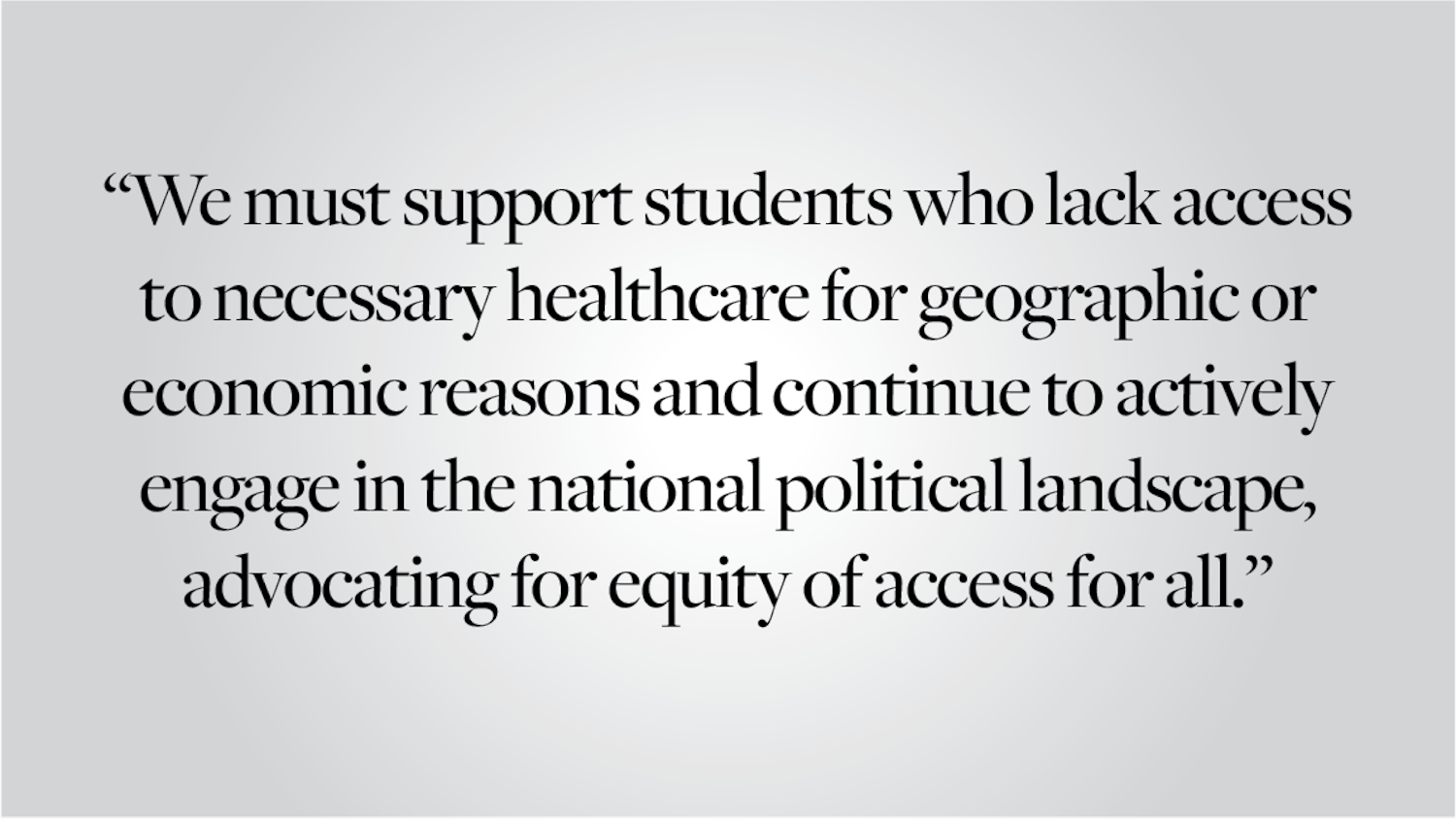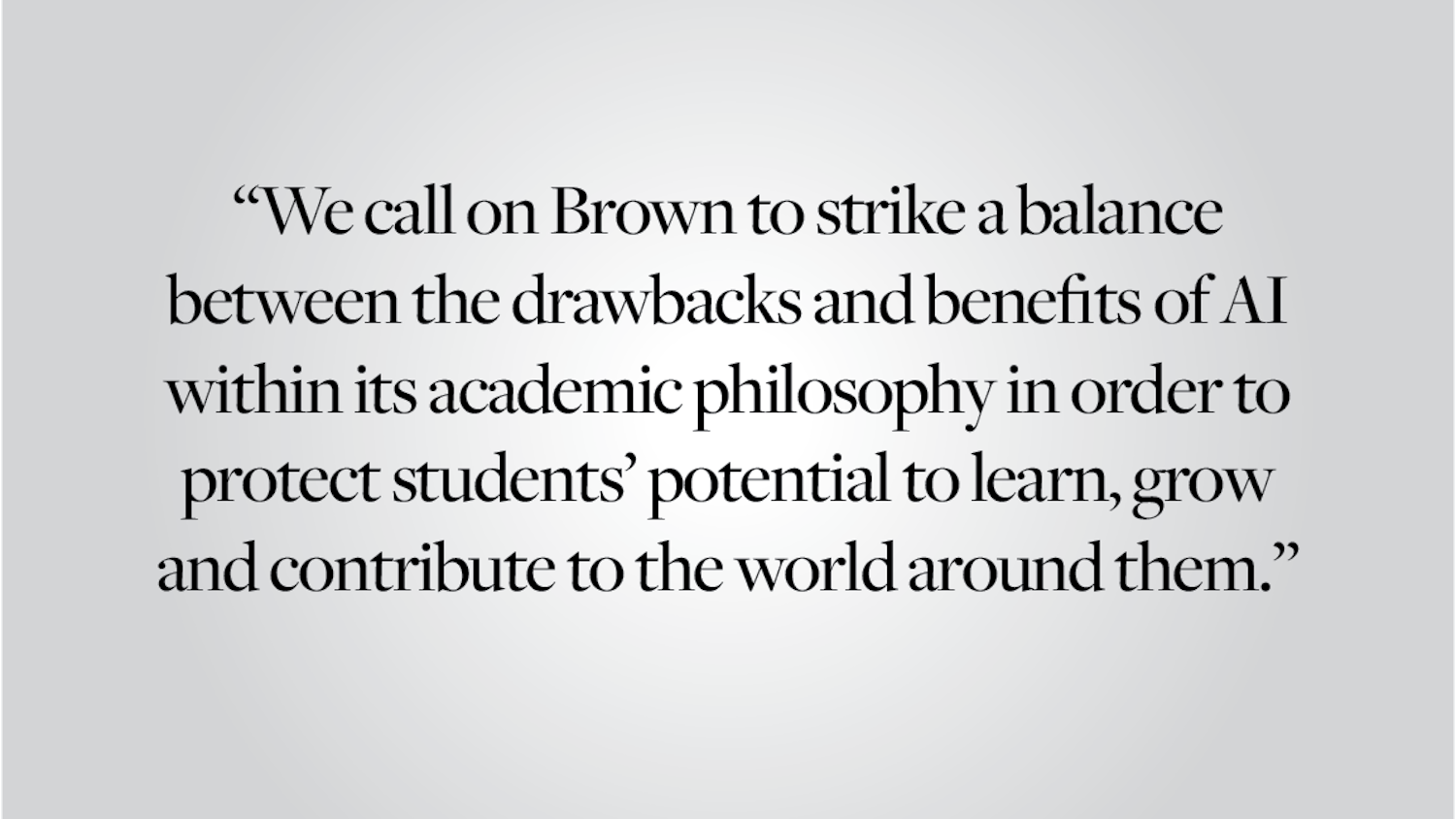Choice can be overwhelming. At Brown, with the New Curriculum, this issue is particularly evident. Recently, Dean of the College Maud Mandel stated at an Undergraduate Council of Students meeting, “Advising at Brown is like the Middle East peace for every American president,” because many deans promise to reform it “and then go limping out of office,” The Herald previously reported.
The notion of fixing advising highlights one of the great paradoxes at Brown: developing support in an educational system that was designed to be relatively independent. Designed in the 1960s, the New Curriculum sought, as its co-founders Ira Magaziner ’69 and Elliot Maxwell ’68 wrote in The Herald, to “place an enormous burden on (students), making them responsible for their own choices and allowing them to learn from their mistakes in a supportive environment.” From the official development of the Meiklejohn Peer Advising Program in 1983 to the 2009 launch of the Matched Advising Program for Sophomores, many students at Brown have yet to be satisfied with advising. Rather than assert that “we need better advising,” we might ask Brown, “What is good advising?”
First-years are assigned a Meiklejohn peer adviser and a faculty or staff member who assist them in the process of selecting classes and transitioning to Brown. When students declare a concentration, they are connected with an adviser within the chosen department. Each department’s advising structure differs. In neuroscience, one of the most popular concentrations, students are randomly assigned a faculty adviser. In smaller departments, like urban studies, students can often select from a group of faculty advisers based on shared interests. Students cultivate a relationship with faculty members prior to the declaration date, moving the process of declaring one’s concentration — writing the mandatory essays and mapping out one’s academic future — beyond a requirement and turning it into a meaningful and enriching step in our academic journeys.
There is a tremendous degree of variability across departments and concentrations. From interdisciplinary requirements to tracks within a concentration, developing one clear, institutionalized and effective advising program is a challenge the University has yet to overcome. Rather than resulting from rethinking the declaration process or training advisers in a certain manner, the solution might come in the form of a concentration-based peer advising program that extends from the declaration of one’s concentration through the end of junior year.
Peers are better equipped to grapple with the realities of balancing a well-rounded and fulfilling time at Brown. By connecting sophomores to juniors or seniors, we facilitate the process of passing on knowledge gained from navigating the same department. This would simultaneously broach the impediments that often divide upperclassmen and underclassmen. In some departments, particularly the sciences and languages, where courses tend to carry prerequisites, there is little interaction between underclassmen and older students.
Mechanisms and examples of attempts to bridge the divide already exist. The Meiklejohn program gives students a valuable overview of Brown’s academic range but cannot always connect first-years with students from the concentration they will ultimately choose. The Development Studies Departmental Undergraduate Group offers “coffee chats” between prospective concentrators and upperclassmen to discuss the ethos of the department and the pros and cons of the concentration. MAPS, run by the Curricular Resource Center, follows this model, but it is not designed to serve the entire sophomore class and is largely unknown to students.
The University offers several advising programs that go a long way to support students from different angles. But the gap in focused peer support within concentrations misses an opportunity to give students valuable perspectives in choosing concentrations and mapping courses.
Editorials are written by The Herald’s editorial page board: its editors, Alexander Kaplan ’15 and James Rattner ’15, and its members, Natasha Bluth ’15, Manuel Contreras ’16, Baxter DiFabrizio ’15, Manuel Monti-Nussbaum ’15, Katherine Pollock ’16 and Himani Sood ’15. Send comments to editorials@browndailyherald.com.
ADVERTISEMENT




